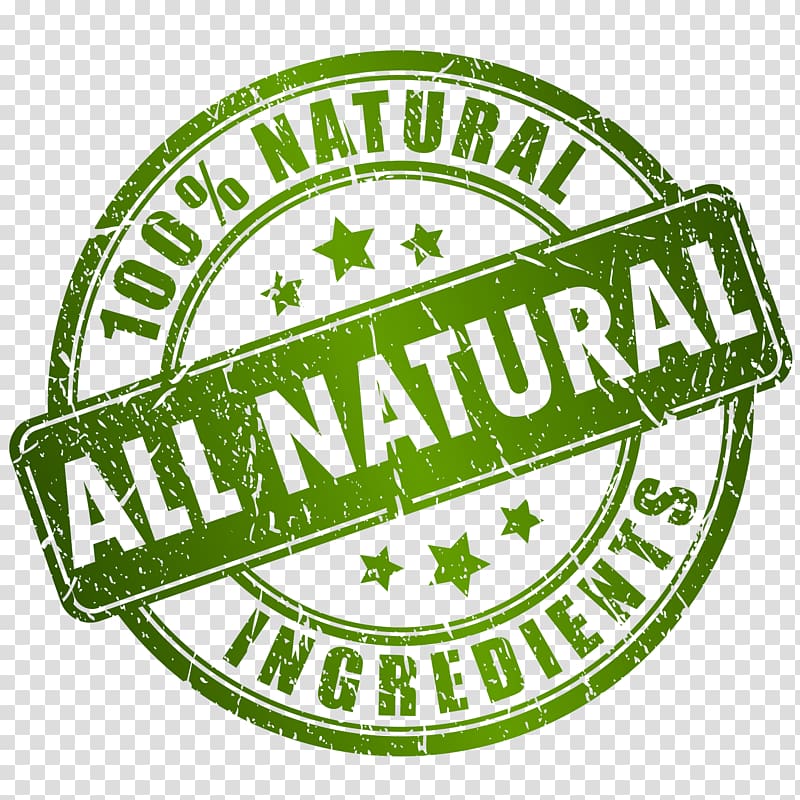Beware of food greenwashing

What is it? How can we spot it? How can we avoid it?
Find out more
Food greenwashing describes a common practice used by many companies in the food industry aimed to trick consumers into believing they are buying something healthy, when they are not. It is a form of brainwashing marketing which is misleading buyers more and more.
Wording like “pure”, “fresh”, “all natural” or images associated with nature such as farms, cows and plants are used regularly for this purpose, and there are not many regulations on packaging.
A bag of crisps with an image of a potato pulled from the ground and an all natural slogan depicted on the bag might look “healthier” than the bright colored one next to it on the shelf, but it is still what it is though, a bag of crisps, therefore junk.
A gluten free milk chocolate energy bar is still a piece of processed sugar.
A box of cereals with a nice picture of a happy family having breakfast in a sunny kitchen in the countryside is still a box of processed sugar, cheap vegetable oils and so on.
Companies like Whole Foods or Planet Organic are masters in this. Have you ever entered one of these shops, and suddenly felt an aura of health all around you?
Everything, from interior design and colour choices (often earthy wood – pallets are everywhere! – and green shades) to smell and appearance (maybe warm bread or paper colored packaging), makes you think you are in a clean and healthy heaven. But it is not all what it looks like.
Don’t get me wrong, it is useful to have these kind of shops on the market, they do stock some good products. But if you take a closer look at the shelves, you realize they are also full of nicely packaged processed foods loaded with sugar, hydrogenated fats, and all the rest, when more than often people are tricked into thinking that shopping there automatically means buying healthy stuff.
All legal food marketing gimmicks; at the end of the day, it is up to us, the consumers, to be aware and choose accordingly.
How?
Ignore the packaging and read the label
Don’t pay attention to the pictures and slogans on the box, read the ingredients.
Do they sound “all natural” to you? Is there something you can’t even pronounce? Would your grandmother recognize them? What about quantity? Is there a huge amount of hidden sugars? What about refined stuff?
Look for the certifications
You can easily spot the symbols which certify the product is healthier, such as the organic leaf, the nonGMO verified, and so on.
Keep in mind though that an organic product in a box can still be full of processed ingredients and empty calories – organic rice cakes anyone? – , so always read the label.
Stay away as much as you can from supermarkets
and buy your fruit, vegetables, eggs and meat from farmers markets. Eat locally sourced seasonal food, meet the producers, ask your questions, choose organic, non GMO and sustainably grown foods.
Grow your own
Even if you only have space on the windowsill, there is so much you can grow. Buy organic seeds and grow your favourite herbs, salads and tomatoes, for example. A little corner on the balcony will work wonders for organic potatoes and strawberries.
Not falling fool for marketing traps and making responsible choices when buying food is not only good for us but also for the planet, while we assert our right to eat clean.
